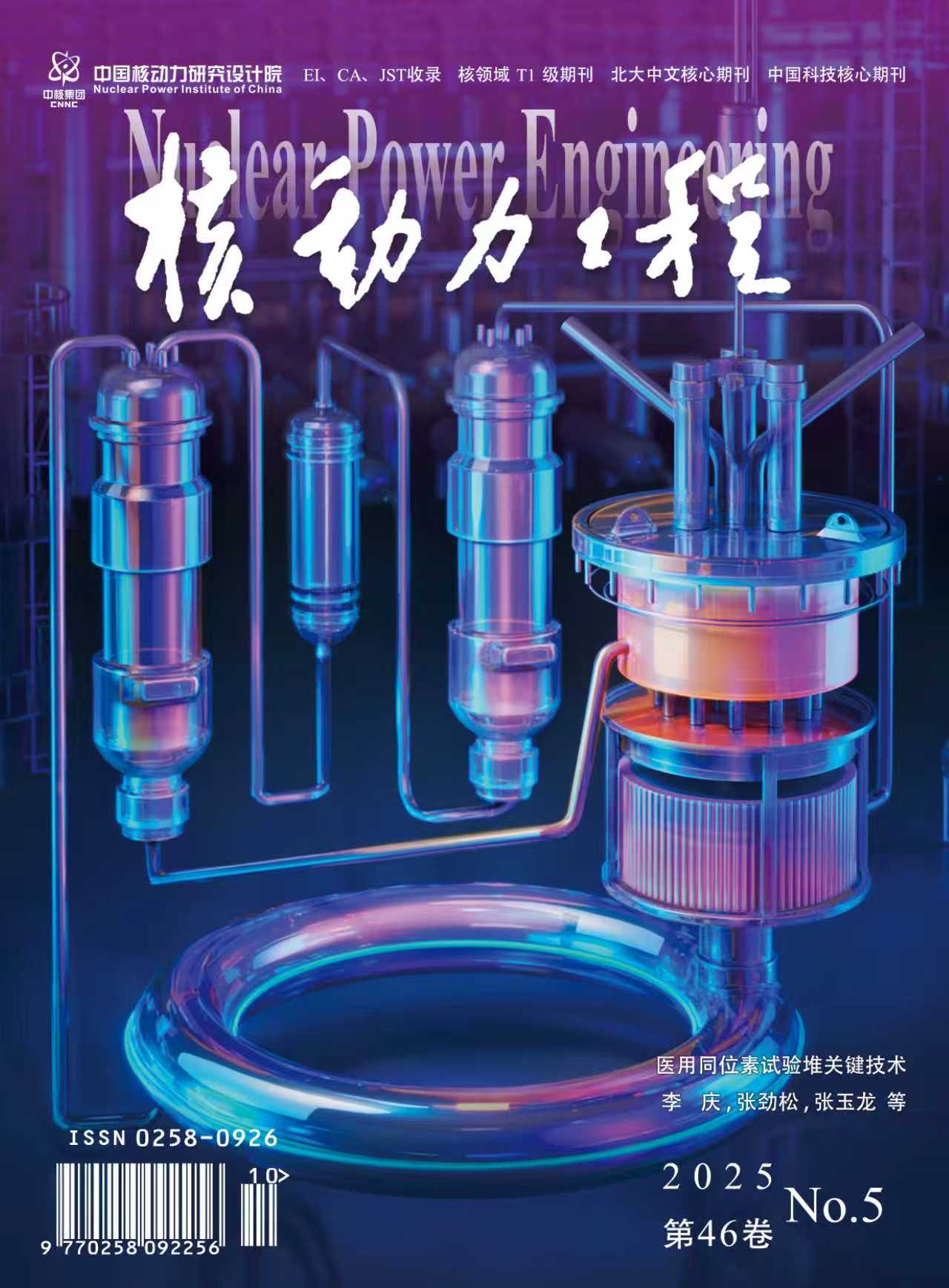2004 Vol. 25, No. 1
Display Method:
2004, 25(1): 1-3.
Abstract:
2004, 25(1): 4-7.
Abstract:
2004, 25(1): 8-12,26.
Abstract:
2004, 25(1): 13-17.
Abstract:
2004, 25(1): 18-21.
Abstract:
2004, 25(1): 22-26.
Abstract:
2004, 25(1): 27-31.
Abstract:
2004, 25(1): 32-36.
Abstract:
2004, 25(1): 37-40,44.
Abstract:
2004, 25(1): 41-44.
Abstract:
2004, 25(1): 45-49,63.
Abstract:
2004, 25(1): 50-53.
Abstract:
2004, 25(1): 54-58.
Abstract:
2004, 25(1): 59-63.
Abstract:
2004, 25(1): 64-66,90.
Abstract:
2004, 25(1): 67-69.
Abstract:
2004, 25(1): 70-73.
Abstract:
2004, 25(1): 74-78,82.
Abstract:
2004, 25(1): 79-82.
Abstract:
2004, 25(1): 83-85.
Abstract:
2004, 25(1): 86-90.
Abstract:
2004, 25(1): 91-92,96.
Abstract:
2004, 25(1): 93-96.
Abstract:



